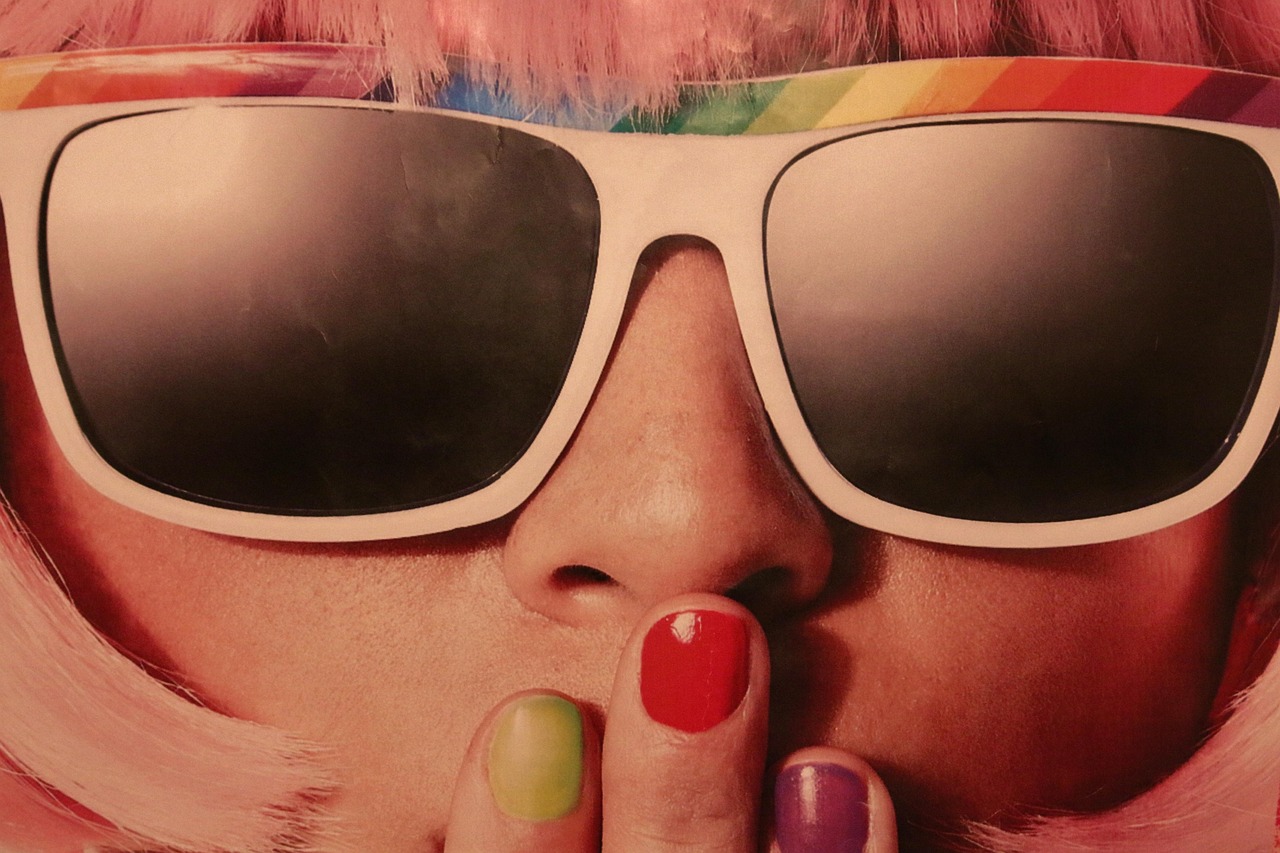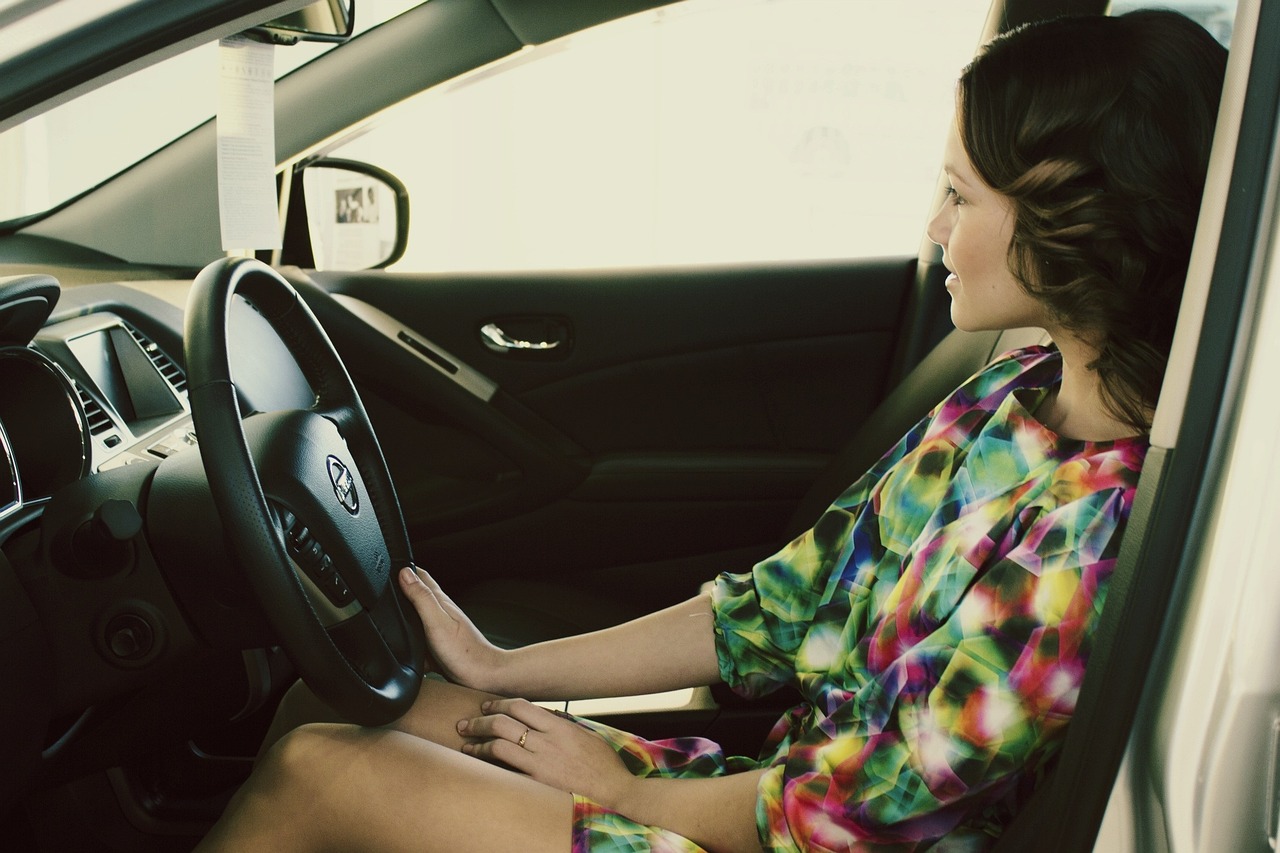
How Street Fashion Became a Global Phenomenon
H2: Introduction
Street fashion has evolved from an underground movement into a worldwide cultural force, influencing everything from luxury brands to everyday style. But what exactly is street fashion, and why has it become so important in today’s world? Simply put, street fashion is the style that emerges from the streets, born out of urban cultures and subcultures. It’s the blend of comfort, creativity, and rebellion against traditional fashion norms. Over the last few decades, street fashion has not only defined the identity of many young people worldwide but has also become an economic powerhouse.
H2: The Roots of Street Fashion
Origins in Urban Subcultures
Street fashion did not arise in a vacuum; it was heavily influenced by the cultural dynamics of urban life. In cities around the world, subcultures like punk, hip-hop, and skateboarding gave rise to distinct styles that rejected mainstream fashion. These styles were born from necessity, self-expression, and defiance, reflecting the gritty, real-life conditions of city living.
The Role of Music and Hip-Hop Culture
Arguably, one of the biggest drivers of street fashion’s rise was hip-hop culture in the late 20th century. Artists like Run-D.M.C. and Public Enemy didn’t just make music—they made fashion statements with their oversized jeans, Adidas sneakers, and gold chains. The influence of hip-hop on street fashion is undeniable, creating a look that was both aspirational and accessible.
Influences from Skateboarding and Graffiti Art
Skateboarding and graffiti art also played crucial roles in the development of street fashion. The skate culture of the 1980s introduced baggy pants, graphic tees, and skate shoes, all of which became integral parts of the streetwear aesthetic. Meanwhile, graffiti artists brought a bold, artistic flair to street style, inspiring the colorful, rebellious fashion seen in many urban areas today.
H2: The Evolution of Street Fashion
From the Streets to the Runways
While street fashion started in marginalized communities, it didn’t take long for high fashion to notice. Designers like Jean-Paul Gaultier, who took inspiration from punk culture, and later, streetwear icons like Virgil Abloh, helped bridge the gap between street culture and high fashion. Today, the lines between streetwear and luxury fashion are often blurred, with high-end brands regularly drawing inspiration from street trends.
Influential Streetwear Brands
Brands like Supreme, Off-White, and A Bathing Ape (BAPE) became synonymous with street fashion, offering clothing that was both exclusive and stylish. These brands capitalized on the power of limited-edition releases, creating a sense of scarcity and desirability. Supreme, in particular, transformed from a humble skate shop into one of the most coveted streetwear labels globally.
How Celebrities and Social Media Changed the Game
In the 2000s, celebrities like Kanye West and Rihanna began wearing streetwear, which brought the style to a broader audience. Social media platforms, especially Instagram, allowed users to showcase their unique street fashion looks, creating an online community of fashion-forward individuals. As a result, street fashion’s appeal grew exponentially, influencing both everyday consumers and designers alike.
H3: The Role of Social Media
Instagram, TikTok, and Street Fashion
Social media, particularly Instagram and TikTok, has been instrumental in turning street fashion into a global phenomenon. These platforms allow users to share their personal styles, track trends, and interact with influencers. With hashtags like #StreetStyle and #OOTD (Outfit of the Day), social media has democratized fashion, making it more accessible than ever.

Influencers and Their Impact
Influencers play a major role in shaping street fashion trends. Influencers like A$AP Rocky, Hailey Bieber, and Virgil Abloh have become style icons, blending high-end and street fashion to create unique looks. Their collaborations with brands have further solidified street fashion’s place in mainstream culture.
The Democratization of Fashion
Social media has also leveled the playing field, allowing anyone with a phone and an eye for style to share their looks. This democratization has made street fashion more inclusive, enabling people from all walks of life to participate in and contribute to the conversation.
H3: Fashion Icons and Streetwear Brands
Key Figures: Virgil Abloh, Kanye West, and Others
Virgil Abloh’s rise to prominence as the creative director of Louis Vuitton’s men’s division marked a turning point for street fashion. His label, Off-White, combined high fashion with streetwear, creating a blueprint for the future of fashion. Similarly, Kanye West’s Yeezy brand, known for its minimalist design and high-demand sneakers, has redefined what it means to blend street culture with luxury.
Famous Brands: Supreme, Off-White, and Nike
Brands like Nike and Adidas have long been staples in the streetwear world, thanks to their collaborations with fashion designers and cultural icons. Supreme, however, is often considered the epitome of streetwear, with its red box logo becoming an iconic symbol of urban cool.
Collaborations Between High Fashion and Streetwear
The collaboration between luxury fashion houses and streetwear brands has been one of the most significant developments in recent years. Notable partnerships like Louis Vuitton x Supreme and Nike x Off-White have proven that street fashion and high fashion can coexist and thrive together.
H2: The Global Spread of Street Fashion
How the Internet Helped Street Fashion Go Global
The internet has played a crucial role in the globalization of street fashion. With fashion blogs, YouTube channels, and online stores, streetwear brands are able to reach audiences worldwide. The rise of e-commerce has also made street fashion more accessible, with online platforms like StockX and Grailed allowing people to buy and sell exclusive items.
Street Fashion in Different Countries
Street fashion varies greatly depending on location, but many global cities share a common thread: a passion for self-expression. In Tokyo, street fashion has a unique blend of traditional and modern elements, while in cities like New York and Los Angeles, the style is often more laid-back and sporty.
Street Fashion in Asia: The Rise of K-Pop Influence
In recent years, K-pop has had a massive influence on street fashion, particularly in South Korea. K-pop idols like BTS and BLACKPINK are seen as trendsetters, with their outfits often influencing the fashion choices of millions of fans worldwide.
H3: Street Fashion in Western Countries
The United States and Europe as Streetwear Capitals
The United States and Europe have long been at the forefront of street fashion, with cities like New York, Los Angeles, Paris, and London being known for their distinctive street styles. These cities have become fashion capitals, where trends often originate before spreading to other parts of the world.
How Cultural Movements Shaped Fashion
The evolution of street fashion has been closely tied to cultural movements. For instance, the rise of the hip-hop movement in the 80s and 90s had a direct influence on the fashion industry. Similarly, the punk and grunge movements played pivotal roles in shaping the way people dressed.
H4: Street Fashion in Urban Areas vs. Suburban Areas
The Difference in Streetwear Adoption
Streetwear tends to thrive in urban areas, where the hustle and bustle of city life and diverse cultural influences create a melting pot of fashion ideas. In suburban areas, street fashion may be slower to catch on, but once it does, it often gets adopted by a younger generation looking for individuality.
How Urban and Suburban Cultures Influence Street Fashion
Urban areas tend to be more experimental with fashion, while suburban areas are often more conservative. However, the rise of social media has blurred these lines, with street fashion making its way into mainstream suburban culture.
H2: The Commercialization of Street Fashion
High Fashion Embracing Street Style
Streetwear’s influence on high fashion has been one of the most significant shifts in the fashion industry. Many luxury brands, such as Balenciaga and Gucci, have incorporated streetwear elements into their collections, making street fashion a part of the mainstream.
Streetwear as a Business Model
Streetwear has become big business, with brands generating millions of dollars through limited edition releases and collaborations. Companies have found ways to monetize exclusivity, creating a sense of urgency around certain pieces.
The Rise of Sneaker Culture
Sneaker culture is an integral part of street fashion. The demand for limited-edition sneakers, especially from brands like Nike and Adidas, has reached new heights in recent years. Collectors and resellers have turned sneakers into valuable commodities, further solidifying their place in street fashion.
H3: The Future of Street Fashion
Trends to Watch
As street fashion continues to evolve, it’s likely that we’ll see more experimentation with technology, sustainability, and personalization. With the rise of virtual fashion and digital clothing, the line between the real and virtual worlds may continue to blur.
Sustainability and Ethical Fashion in Streetwear
As with all sectors of the fashion industry, sustainability is becoming an increasingly important issue. Streetwear brands are beginning to adopt more eco-friendly practices, using recycled materials and promoting ethical production methods.
H2: Conclusion
Street fashion has come a long way from its humble origins on the streets of urban centers. Today, it is a global cultural force that continues to influence the fashion industry, social media, and even mainstream culture. From its roots in skateboarding and hip-hop to its current position as a symbol of individuality and rebellion, street fashion has proven to be a trend with staying power. As we look to the future, it’s clear that street fashion will continue to evolve, influencing new generations of style-conscious individuals worldwide.
H2: Frequently Asked Questions (FAQs)
1. What is the main influence behind street fashion?
Street fashion is primarily influenced by urban subcultures like hip-hop, skateboarding, and graffiti art, as well as social movements and music.
2. How did street fashion transition from the streets to the runways?
Street fashion became mainstream thanks to designers who recognized its cultural significance, as well as the influence of celebrities and social media.
3. Why is social media important for street fashion?
Social media platforms like Instagram and TikTok allow individuals to share their street fashion looks, track trends, and connect with influencers, helping to spread street fashion globally.
4. Who are the key figures in the streetwear movement?
Key figures include Kanye West, Virgil Abloh, and Pharrell Williams, who have played pivotal roles in shaping the streetwear movement.
5. What does the future hold for street fashion?
The future of street fashion will likely include increased focus on sustainability, digital fashion, and personalized clothing, as the industry continues to evolve.




